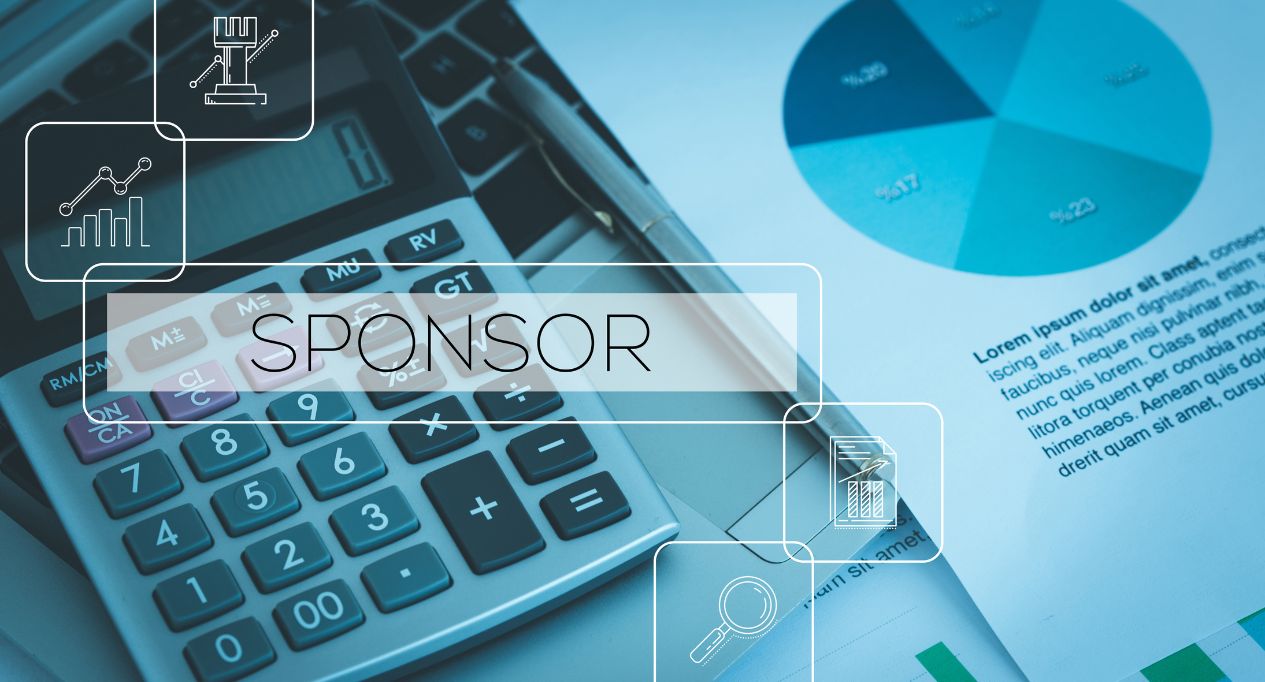If you are an Amazon seller, then one of the most critical aspects of your business is managing your Amazon sponsored ad campaigns. Amazon sponsored ad systems can be a daunting and complex landscape, but with the right strategies, you can get the full potential of your Amazon sponsored product ads and drive significant growth for your business.
In this comprehensive guide, we’ll dive deep into the world of Amazon sponsored product ad optimization, equipping you with the knowledge and resources to take your advertising efforts to a new level. Whether you’re a seasoned Amazon seller or just starting out, this post will provide you with the insights and actionable steps you need to succeed in 2024 and beyond.
How Does The Amazon Sponsored Ads Ecosystem Work?
Before we delve into the optimization strategies, it’s essential to have a solid understanding of how Amazon sponsored ads work. These sponsored ad systems are called Amazon PPC (Pay-Per-Click). So, Amazon’s PPC advertising allows sellers to bid on keywords and have their product listings appear as “sponsored” in the search results or on product detail pages.
The key performance indicators (KPIs) that you’ll need to monitor and optimize for your sponsored ad campaigns include:
- Impressions: The number of times your ad is displayed to potential customers.
- Clicks: The number of times potential customers click on your ad.
- Click-Through Rate (CTR): The ratio of clicks to impressions, which measures the effectiveness of your ad in attracting clicks.
- Conversion Rate: The ratio of orders placed to clicks, which indicates how effectively your product page converts visitors into customers.
- Advertising Cost of Sales (ACoS): The ratio of advertising costs to sales, which measures the profitability of your PPC campaigns.
By understanding these key metrics, you’ll be able to identify areas for improvement and make data-driven decisions to optimize your PPC campaigns.
Why Is It Important To Run Amazon Sponsored Ads?
While organic search is important, running strategic sponsored ad campaigns is crucial for the success of your Amazon business, especially for new products or sellers. Here are some key reasons why you should consider implementing Amazon PPC:
- Boost Product Visibility and Discoverability: PPC ads allow you to place your products in high-visibility placements on the Amazon search results page, making it easier for customers to discover your offerings.
- Level the Playing Field: PPC can help you compete with larger, more established sellers and even national brands by allowing you to appear alongside them on the search results page.
- Improve Organic Ranking: The sales and engagement generated by your PPC campaigns can positively impact your product’s organic ranking, further increasing its visibility and discoverability.
- Dominate the First Page of Search Results: Research shows that products on the first page of Amazon’s search results receive at least 80% of the clicks, with the top three listings capturing around 60% of those clicks. PPC can help you secure a spot on that coveted first page.
In short, Amazon sponsored ads are a powerful tool that can help you boost your product’s visibility, level the playing field against larger competitors, and ultimately drive more sales and revenue for your business.
Amazon Sponsored Product Ads: A Popular Ad Type
Amazon offers several different PPC ad types, and Amazon sponsored product ads are one of the most commonly used ad types in the Amazon world. Each with its own unique features and benefits. Let’s take a closer look at the main ad types you can use as an Amazon seller:
1. Sponsored Product Ads
Amazon Sponsored product ads are keyword-targeted ads that allow you to promote your individual products on the Amazon search results page and product detail pages. Sponsored product ads mean that you are focused on promoting a single product, not multiple brands or different items. So, when you run these ads, you’re putting the spotlight on just one product at a time.
These ads appear organically within the search results, often at the top, middle, or bottom of the page. Sponsored product ads are available to all Amazon sellers, including vendors, book vendors, Kindle Direct Publishing (KDP) authors, and agencies.
2. Sponsored Brand Ads
Sponsored brand ads are keyword-targeted ads that feature your brand logo, a custom headline, and the ability to showcase multiple products. These ads appear at the top of the search results page, above the organic listings. Sponsored brand ads are only available to Amazon brand-registered sellers, as they require a certain level of brand protection and control.
If you compare Amazon sponsored products vs. sponsored brands, you will come to know that Amazon sponsored products boost individual products in search results, while sponsored brands spotlight your brand or multiple products with a customizable ad.
Sponsored Display Ads
Sponsored display ads are Asin-targeted ads that appear on product detail pages, both within Amazon and on external websites. These highly visible placements allow you to reach your target audience while they are actively shopping on Amazon or browsing related products. Sponsored display ads are also only available to Amazon brand-registered sellers.
In addition to these primary ad types, Amazon also offers Sponsored Product Targeting ads, which allow you to target specific ASINs or product categories, and Sponsored Video ads, which can be displayed within the search results or on product detail pages.
What Are The Best Ways To Optimize Your Sponsored Ads Campaigns? Strategies and Tactics
Now that you have a solid understanding of the Amazon sponsored ad ecosystem and ads type, let’s dive into the strategies and tactics you can use to optimize your PPC campaigns. Such strategies and tactics work for all sponsored ads, especially for Amazon sponsored product ads.
1. Keyword Research and Targeting
Effective keyword research and targeting are the foundation of successful PPC campaigns. Start by identifying the most relevant and high-volume keywords for your products, and then use tools like Jungle Scout and Helium 10 to research and analyze your competitors’ keyword strategies.
Once you’ve identified your target keywords, create ad groups that group related keywords together, and then optimize your bids and ad copy for each ad group to maximize your performance.
2. Bid Optimization
Bidding is a critical component of your PPC campaigns, and it’s essential to continuously monitor and adjust your bids to ensure you’re getting the best return on your advertising investment.
Use different tool to identify the products and keywords that are driving the highest ACoS, and then adjust your bids accordingly to improve your profitability.
3. Ad Copy and Creative Optimization
The way you present your products to potential customers can have a significant impact on your PPC performance. Regularly test and optimize your ad copy, images, and other creative elements to improve your click-through and conversion rates.
Consider using A/B testing to compare different ad variations and identify the most effective approaches. Tools like Viral Launch can be particularly helpful for conducting these types of tests.
4. Negative Keyword Targeting
Negative keyword targeting is a powerful strategy for improving the efficiency of your PPC campaigns. By identifying and excluding irrelevant keywords from your campaigns, you can reduce your ad spend and improve your overall return on investment.
Use the different tools to identify the keywords that are driving the highest ACoS, and then add them to your negative keyword list to prevent your ads from appearing for those searches.
5. Campaign Structure Optimization
The way you structure your Amazon sponsored ad campaigns can have a significant impact on your performance. Consider creating separate campaigns for branded and non-branded keywords, as well as for different product categories or price points.
You can use Helium 10 to analyze your campaign structure, compare it to industry benchmarks, and then make adjustments to improve your overall performance.
6. Ongoing Monitoring and Adjustment
Successful PPC optimization is an ongoing process, and it’s essential to continuously monitor your campaigns and make adjustments as needed. Use the Sellics Impact Driver tool to regularly review your performance metrics, identify areas for improvement, and then implement changes to drive better results.
Remember to also keep an eye on your competitors’ strategies and adjust your own Amazon sponsored product ad campaigns accordingly to stay ahead of the curve.
Do You Want To Get Full Potential From Your Amazon Sponsored Ads Campaigns?
Optimizing your Amazon sponsored product campaigns can be a complex and challenging task, but with the right tools and strategies, you can unlock the full potential of your advertising efforts and drive significant growth for your business.
Remember to stay agile and adaptable, as the Amazon PPC landscape is constantly evolving. By continuously monitoring your performance, testing new strategies, and making adjustments as needed, you’ll be well on your way to sponsored ads success in 2024 and beyond.
If you’re looking to up your Amazon PPC game, team up with ecommerce expert Munir Ahmad, who has tons of experience with Amazon and can help you get the best results.
Good luck, and happy selling!


